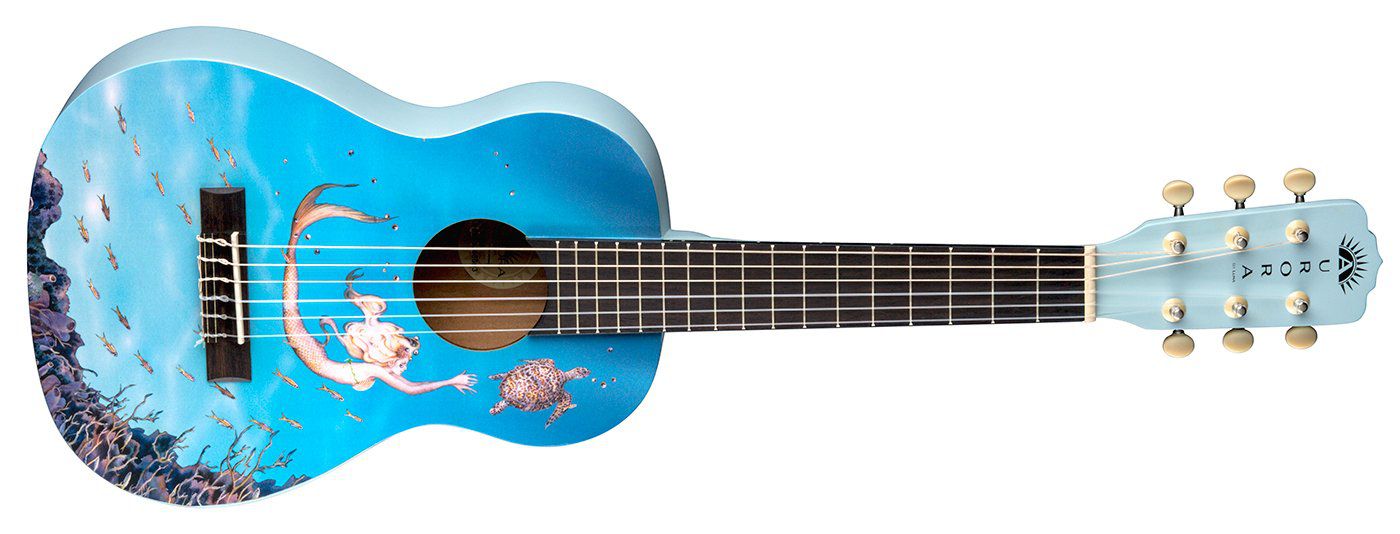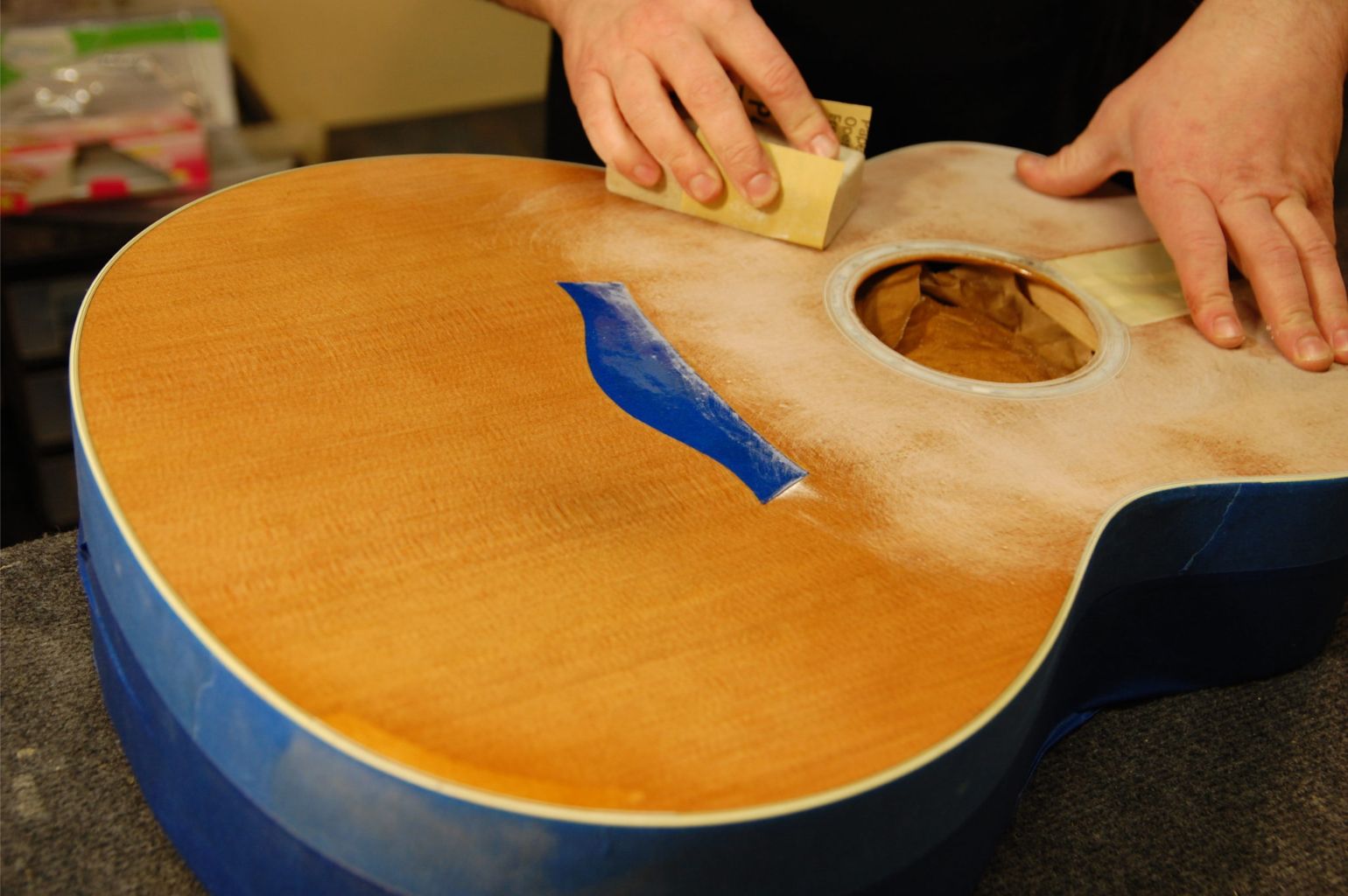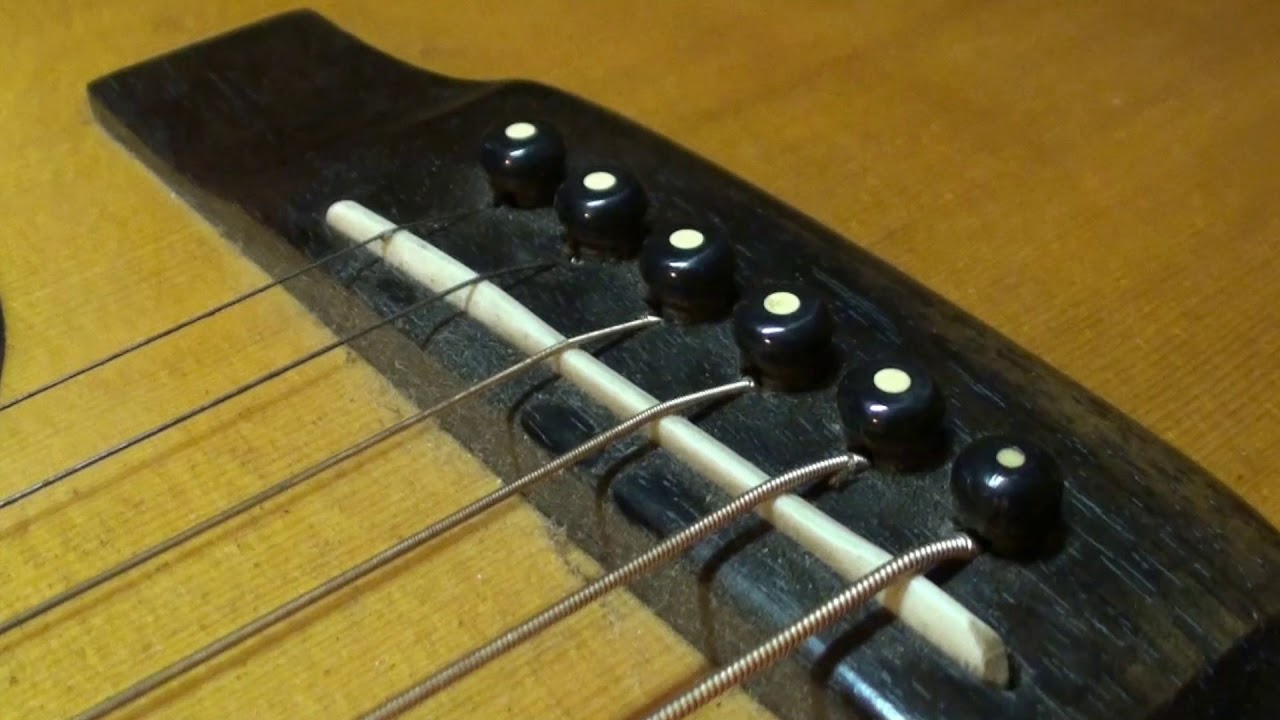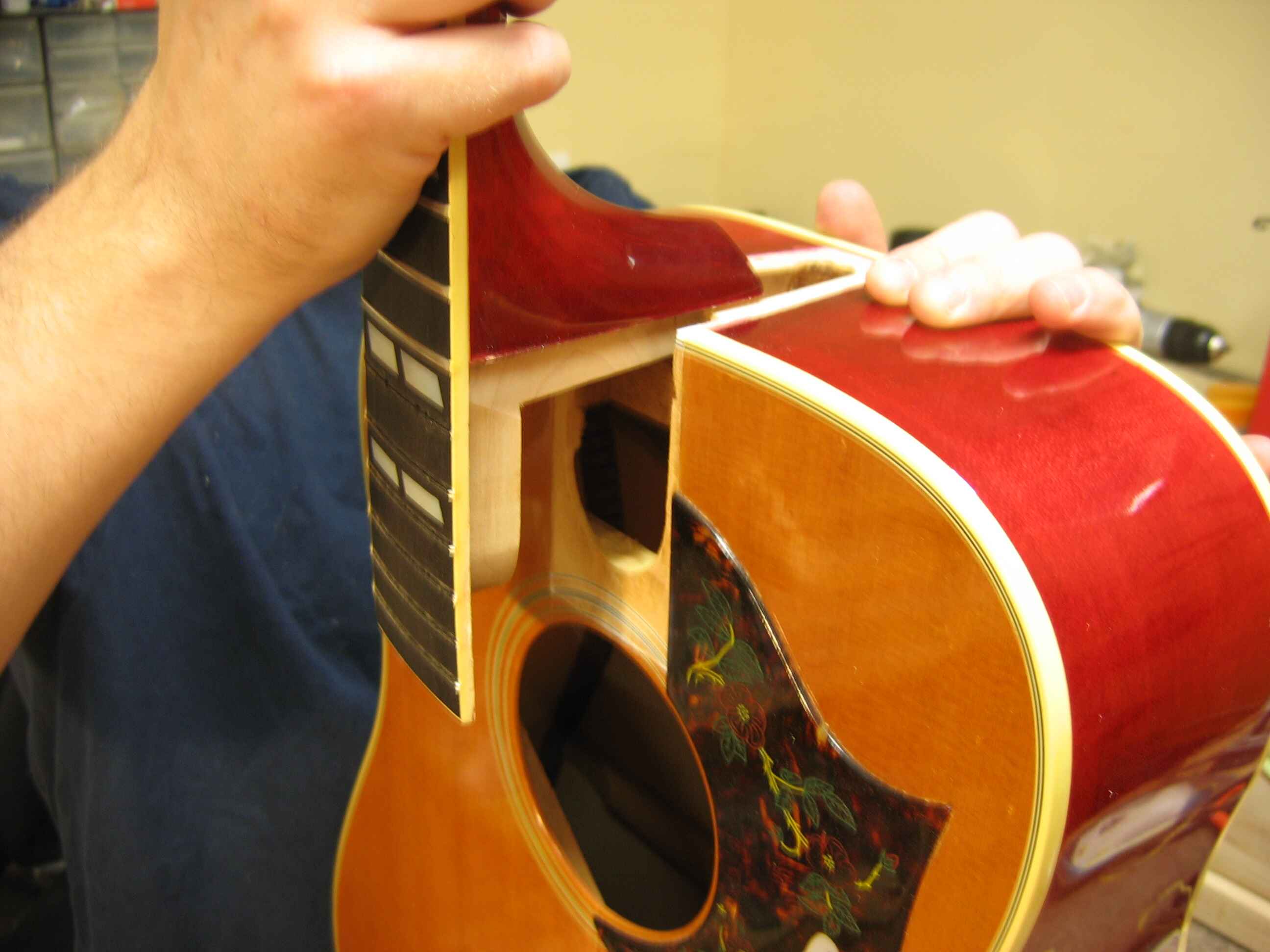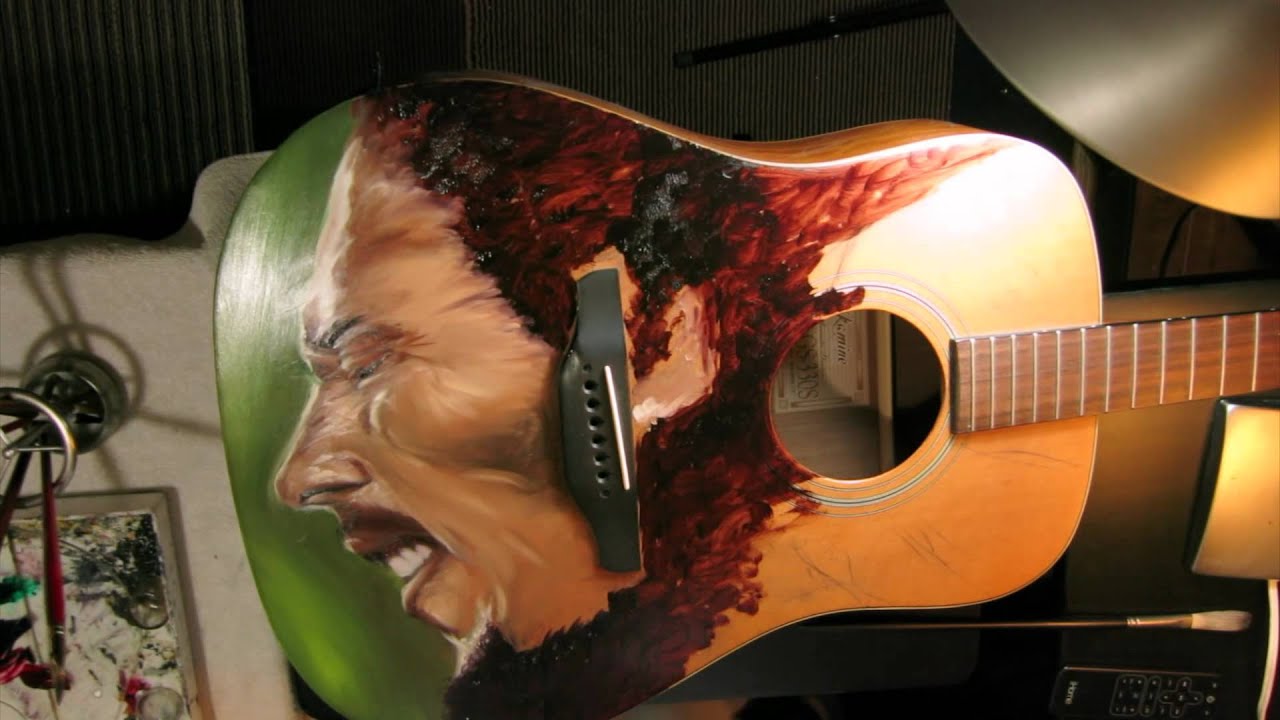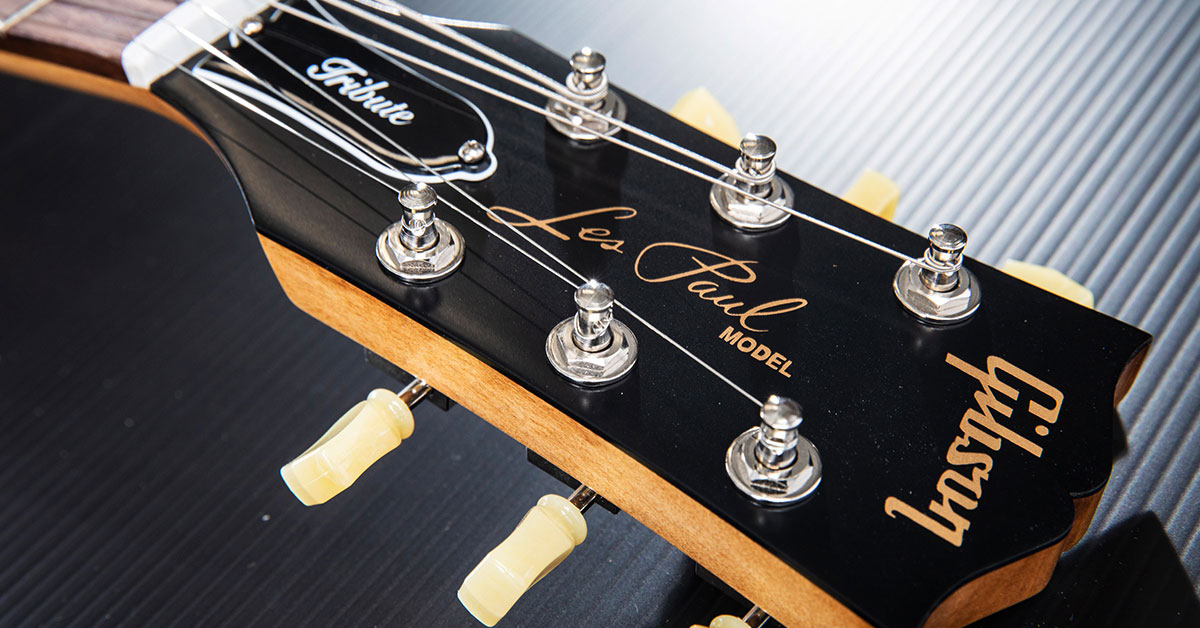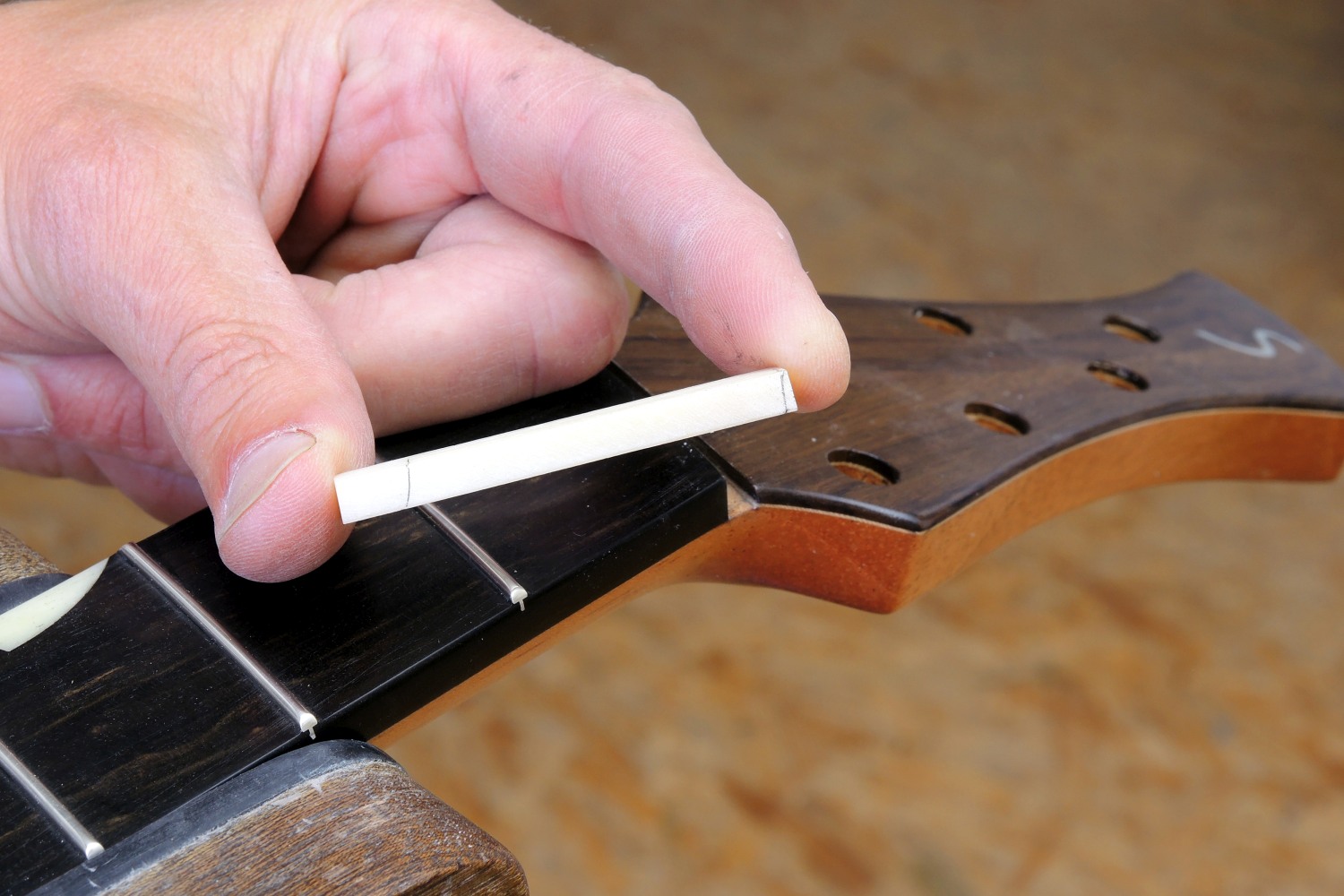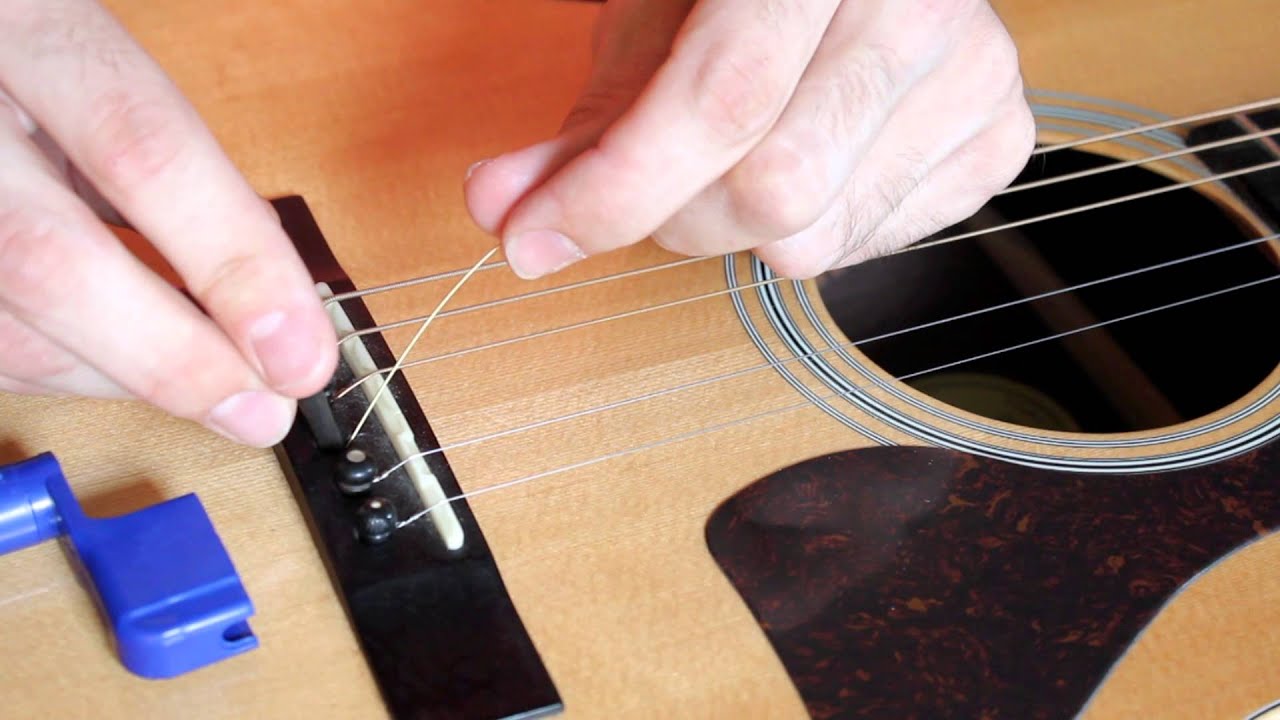Introduction
Learning to play a musical instrument is a wonderful journey that can bring joy and fulfillment to a child’s life. And when it comes to learning the guitar, choosing the right size instrument is crucial, especially for young beginners. While there are various types of guitars available, the focus of this article will be on acoustic guitars for 6-year-olds.
Acoustic guitars produce sound through the vibration of the strings, which resonate in the hollow body of the instrument. They are a popular choice for beginners due to their simplicity and versatility. However, selecting the right size acoustic guitar for a 6-year-old is essential to ensure comfort, proper technique development, and overall enjoyment during practice and performance.
From their physical dimensions to the length of their necks, smaller guitars are designed with young players in mind. It is important to consider various factors, such as the child’s age, height, arm length, and hand size, when choosing the right size guitar. By selecting the appropriate instrument, you can set your child up for success, making their learning experience comfortable and enjoyable.
This guide will provide helpful tips on how to choose the right size acoustic guitar for a 6-year-old, as well as recommendations for specific models that are well-suited for young beginners. Additionally, we will discuss how to measure your child for the correct size guitar and provide some valuable tips to help your child get started on their musical journey.
Why is the size of the guitar important?
When it comes to learning any instrument, including the guitar, having the right size instrument is crucial. This is especially true for young beginners, like 6-year-olds, who may have smaller hands and bodies. Here are a few reasons why the size of the guitar is important:
- Comfort: Playing a guitar that is the right size for a child ensures that they can hold and play it comfortably. If the instrument is too large or heavy, it can strain their arms, shoulders, and back, leading to discomfort or even potential injury. On the other hand, a guitar that is too small can cause cramped hand positions and hinder their ability to reach certain frets.
- Proper Technique: A well-fitted guitar allows a child to develop proper playing technique from the beginning. The distance between the frets and the strings, the size of the neck, and the overall dimensions of the guitar all play a role in shaping proper finger placement and hand positioning. Starting with a correctly sized instrument helps ensure that a child can learn and develop proper playing habits early on.
- Encourages Progress: Playing an instrument that is appropriately sized can make learning easier and more enjoyable for a child. They will be able to navigate the fretboard more easily, play chords and notes more accurately, and progress at a quicker pace. This can boost their confidence and motivation to continue learning and practicing.
- Reduces Frustration: Imagine trying to do a task with tools that are too big or too small for your hands. It can be frustrating and demotivating. The same principle applies to guitar playing. Providing a child with a guitar that fits them well can help alleviate frustration caused by physical limitations and allow them to focus on the joy and progress of playing music.
By considering the size of the guitar when choosing an instrument for a 6-year-old, you are setting them up for success. A well-fitted guitar not only enhances their comfort and technique but also fosters their enthusiasm for learning and playing music. It’s an investment in their musical journey and can make all the difference in their enjoyment and progression.
Factors to consider when choosing the right size guitar
Choosing the right size guitar for a 6-year-old involves considering various factors related to their physical attributes and playing comfort. Here are some key factors to keep in mind when selecting the appropriate size instrument:
- Age: In general, 6-year-olds will typically require a smaller-sized guitar compared to older children or adults. Younger children have smaller hands and shorter arms, so a guitar with a smaller body and shorter scale length is usually more suitable.
- Height: The height of the child should be taken into account when determining the guitar size. If a child is on the shorter side, a smaller guitar will be more comfortable and manageable for them to hold and play.
- Arm Length: The length of a child’s arm is directly related to their ability to reach and play certain frets on the guitar. A guitar with a shorter scale length can make it easier for a child with shorter arms to navigate the fretboard comfortably.
- Hand Size: Consider the size of the child’s hands and fingers when choosing a guitar. Smaller hands may find it challenging to stretch and reach across larger frets or chords on a full-sized guitar. Opting for a smaller-scale guitar or one with a thinner neck can make it easier for a child to form chords and play notes comfortably.
- Body Size: The body size of the guitar should be proportionate to the child’s body size. A guitar that is too large or bulky may be difficult for a child to hold and play. Look for guitars with smaller body sizes, such as 1/2 or 3/4 sized guitars, which are specifically designed for young players.
- Weight: Consider the weight of the guitar, especially for younger children who may have less upper body strength. A heavy guitar can strain their arms and shoulders, making it uncomfortable for them to play for extended periods of time.
- Playability: Ultimately, choose a guitar that a child can comfortably hold, reach the frets, and manipulate the strings without excessive strain. It’s important to find a balance between a guitar that is not too big or too small for the child, ensuring optimal playability and ease of learning.
By considering these factors, you can make an informed decision when selecting the right size guitar for a 6-year-old. Keep in mind that it’s also beneficial to have the child try out different guitars in person, allowing them to feel the instrument in their hands and assess its playability firsthand. This way, you can find the perfect fit for their musical journey.
Different sizes of acoustic guitars for kids
When it comes to acoustic guitars for kids, there are various size options available to suit their smaller frames and hands. Here are some common sizes of acoustic guitars designed specifically for young players:
- 1/4 Size Guitars: These guitars are the smallest option available and are typically suitable for children between the ages of 3 to 5. 1/4 size guitars have a shorter scale length, narrower neck, and compact body size, making them perfect for very young beginners.
- 1/2 Size Guitars: As the name suggests, 1/2 size guitars are half the size of a full-sized guitar. They are ideal for children around 4 to 8 years old. These guitars have a slightly longer scale length and a wider neck compared to 1/4 size guitars, allowing for easier finger placement and chord formation.
- 3/4 Size Guitars: 3/4 size guitars are the next step up from 1/2 size guitars and are suitable for children around 7 to 10 years old. They have a longer scale length and wider neck, offering a better transition towards playing a full-sized guitar. These guitars provide a comfortable playing experience for young beginners with slightly larger hands.
- 7/8 Size Guitars: 7/8 size guitars are a less common size option but are worth considering for older children who are not quite ready for a full-sized instrument. These guitars have a scale length and neck width that is slightly smaller than a standard-sized guitar, making them suitable for children with larger hands or teenagers who may find a full-sized guitar challenging to handle.
- Parlor Guitars: Parlor guitars are smaller-sized guitars that are not specifically made for children but can be a good fit for older kids or teenagers who prefer a compact and portable instrument. They have a smaller body size, shorter scale length, and narrower neck, making them more comfortable for smaller hands.
- Travel Guitars: Travel guitars are designed to be compact and portable, making them a good option for older children or teenagers who want a smaller-sized guitar for practicing on the go. These guitars often have a scaled-down body size and slightly shorter scale length, making them easier to hold and travel with.
It’s important to note that the age ranges provided for each guitar size are approximate, as every child grows and develops at their own pace. These size options provide a general guideline, but it’s always advisable to take into account the child’s physical attributes, such as height, arm length, and hand size, when making a final decision.
By choosing an acoustic guitar with the appropriate size, you are ensuring that a child can comfortably hold and play the instrument, setting them up for a positive and rewarding learning experience.
Recommended acoustic guitars for 6-year-olds
When it comes to choosing the right acoustic guitar for a 6-year-old, there are several models that are highly recommended for their quality, playability, and affordability. Here are some top picks for acoustic guitars suitable for young beginners:
- Yamaha JR1 3/4 Size Folk Guitar: This guitar from Yamaha is specifically designed for young players and has a 3/4 size body, making it comfortable and easy to handle for 6-year-olds. It features a spruce top, meranti back, and sides, and delivers a warm and balanced tone. It also comes with a gig bag, making it convenient for transport and storage.
- Fender MA-1 3/4 Size Steel String Acoustic Guitar: The Fender MA-1 is a high-quality 3/4 size guitar that is perfect for young beginners. It features a laminated agathis top, back, and sides, and offers a rich tone and excellent playability. With its compact size and comfortable neck, it provides a great learning experience for young players.
- Ibanez PF2MH 1/2 Size Acoustic Guitar: The Ibanez PF2MH is a 1/2 size guitar that is highly suitable for 6-year-olds. It features a spruce top, mahogany back and sides, and offers a balanced and clear tone. The reduced body size makes it easier for young players to hold and play comfortably, allowing for a smooth transition into learning the guitar.
- Cordoba Mini M Travel Acoustic Guitar: The Cordoba Mini M is a travel-sized guitar that provides excellent playability for young learners. It features a solid spruce top, mahogany back and sides, and a scaled-down body size that is comfortable to hold. With its rich tone and convenient size, it’s a great option for 6-year-olds interested in playing the guitar.
- Rogue Starter Acoustic Guitar: The Rogue Starter guitar is a budget-friendly option that is perfect for beginners, including 6-year-olds. It features a 7/8 size body, making it slightly smaller than a full-sized guitar but still comfortable for young players. It offers a bright tone and solid playability, making it a reliable choice for budding guitarists.
These recommended acoustic guitars for 6-year-olds strike a balance between quality, size, and affordability, making them ideal for young beginners. However, it’s important to remember that each child may have different preferences and needs, so it’s advisable to have them try out different guitars in person, if possible, to find the one that suits them best.
By investing in a high-quality and appropriately sized guitar, you are providing your 6-year-old with an instrument that will inspire and encourage their musical journey.
How to measure your child for the correct size guitar
Measuring your child for the correct size guitar is an important step in ensuring their comfort and playability. Here’s a guide on how to measure your child to find the ideal size guitar:
- Measure the child’s height: Use a tape measure to measure your child’s height from floor to the top of their head. This will give you a general idea of their overall size and the appropriate size range to consider.
- Measure the child’s arm length: Measure the length of your child’s arm by placing the tape measure on the outward side of the shoulder and extending it down to their wrist. This measurement will help determine the scale length of the guitar they can comfortably play.
- Measure the child’s hand size: Measure the child’s hand size by measuring from the tip of their middle finger to the crease where their hand meets their wrist. This measurement will give you an idea of their hand span and how well they can reach the frets and chords on the guitar neck.
- Consult size guides: Many guitar manufacturers and retailers provide size guides that correlate the child’s height and arm length to the appropriate guitar size. Refer to these guides to narrow down your options and find the right size guitar for your child.
- Visit a music store: If possible, take your child to a local music store and have them try out different sizes of guitars. This hands-on approach allows them to feel the instruments in their hands, assess their comfort, and determine which size feels the most natural for them.
Keep in mind that these measurements and size guides are meant to serve as a starting point. Every child is unique, and personal comfort is key. It’s important to consider the child’s playing comfort, reach, and overall enjoyment when choosing the right size guitar.
Remember that as your child grows, their size and playing abilities may change. It’s advisable to reassess their sizing needs periodically and potentially upgrade to a larger size as they continue to develop their skills.
By taking the time to measure your child and find the correct size guitar, you are ensuring that they have an instrument that fits them well, enhancing their playing experience and setting them up for success in their musical journey.
Tips for helping your child learn to play the guitar
Learning to play the guitar is an exciting and rewarding journey for a child. As a parent or guardian, there are several ways you can support and encourage your child as they embark on this musical adventure. Here are some helpful tips for helping your child learn to play the guitar:
- Provide a dedicated practice space: Designate a specific area in your home where your child can practice without distractions. Create an environment that is comfortable, well-lit, and free from interruptions to foster focus and concentration.
- Establish a consistent practice routine: Encourage your child to establish a regular practice routine. Consistency is key when it comes to learning any instrument. Help them set achievable goals and develop a practice schedule that works for their daily routine.
- Encourage short and frequent practice sessions: Rather than long, sporadic practice sessions, encourage your child to practice for shorter periods regularly. Shorter sessions help maintain focus and prevent burnout, allowing for better retention and progress.
- Find a qualified teacher: Consider enrolling your child in guitar lessons with a qualified teacher. A teacher can provide proper guidance, teach correct techniques, and keep your child motivated and engaged in their learning process.
- Make learning fun: Incorporate fun activities and games into your child’s practice routine to make learning more enjoyable. Use online resources, educational apps, or music theory games to make the learning process interactive and engaging.
- Play music together: Join your child in their musical journey by playing music together. You can strum along with them on a guitar or play another instrument. This not only strengthens your bond but also helps them develop their sense of rhythm and collaboration.
- Encourage creativity: Encourage your child to explore their creativity by writing their own songs or experimenting with different playing styles. This fosters self-expression and helps them develop a deeper connection with their instrument.
- Provide positive reinforcement: Offer praise and encouragement for your child’s progress and accomplishments. Celebrate their milestones, no matter how small, to boost their confidence and motivation.
- Attend live music events: Take your child to live music concerts or performances to inspire and expose them to different styles and genres of music. Seeing talented musicians in action can ignite their passion and aspirations.
- Be patient: Learning to play an instrument takes time and patience. Encourage your child to embrace the learning process and remind them that it’s okay to make mistakes. Learning from setbacks and persevering through challenges is an important part of their development.
By implementing these tips and offering continuous support and encouragement, you can help your child develop a strong foundation in guitar playing. Remember to celebrate their progress along the way and nurture their love for music as they continue to grow and improve.
Conclusion
Choosing the right size acoustic guitar for a 6-year-old is essential to ensure their comfort, proper technique development, and overall enjoyment during practice and performance. By considering factors such as age, height, arm length, and hand size, you can make an informed decision when selecting the appropriate instrument for your child. The size of the guitar plays a crucial role in their comfort, proper technique, progress, and overall enjoyment of playing the instrument.
There are various sizes of acoustic guitars available for young players, including 1/4 size, 1/2 size, 3/4 size, and 7/8 size guitars. These guitars are designed to suit the smaller frames and hands of young beginners, allowing for a comfortable playing experience and ease of learning. Additionally, there are travel guitars and parlor guitars that can be suitable for older children or teenagers who prefer a more compact instrument.
Recommended acoustic guitars for 6-year-olds include models such as the Yamaha JR1, Fender MA-1, Ibanez PF2MH, Cordoba Mini M, and Rogue Starter. These guitars have been carefully selected for their quality, playability, and affordability, making them ideal choices for young beginners.
Measuring your child for the correct size guitar is important to ensure their comfort and playability. By measuring their height, arm length, hand size, and consulting size guides, you can find the ideal size instrument for your child. It’s also beneficial to have them try out different guitars in person, if possible, to determine the one that feels the most comfortable and natural for them.
Supporting your child’s guitar learning journey includes providing a dedicated practice space, establishing a consistent practice routine, finding a qualified teacher, making learning fun through games and activities, and encouraging creativity. Remember to provide positive reinforcement, attend live music events, and be patient as your child progresses on their musical path.
By following these guidelines and nurturing your child’s passion for music, you can set them up for success and create a foundation for a lifelong love of playing the guitar.







